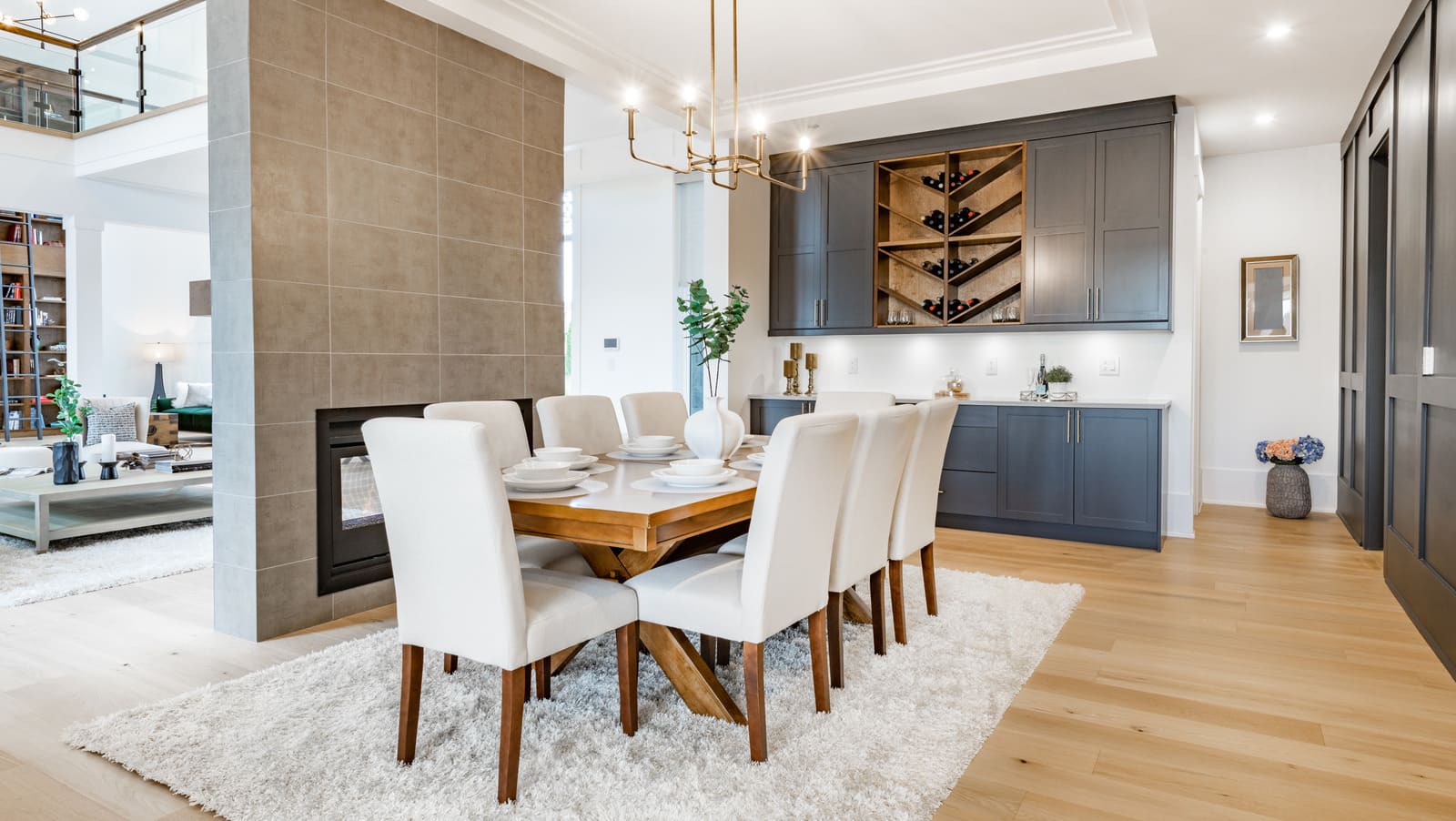

Tableware
How To Design Your Dining Room
Modified: March 26, 2024
Discover the secrets to designing your dining room with the perfect tableware. Transform your space with stylish and functional pieces that elevate any mealtime experience.
(Many of the links in this article redirect to a specific reviewed product. Your purchase of these products through affiliate links helps to generate commission for Storables.com, at no extra cost. Learn more)
Introduction
Welcome to the world of tableware! Designing your dining room is not just about choosing a table and chairs; it’s about creating a space that reflects your personal style and enhances your dining experience. Whether you’re a fan of formal dinner parties or prefer casual family meals, the right tableware can make all the difference.
When it comes to tableware, there are a multitude of options to choose from. From modern minimalist designs to intricate patterns and traditional styles, you have the freedom to curate a dining room that suits your taste and lifestyle. In this article, we will guide you through the process of selecting the right dining table, choosing the perfect chairs, lighting your dining space, adding storage and decor, creating a cozy atmosphere, and selecting the right accessories.
So, let’s get started and transform your dining room into a stylish and inviting space that you and your guests will cherish.
Key Takeaways:
- Designing a dining room involves selecting the right table, chairs, lighting, storage, decor, and accessories. By carefully considering these elements, you can create a functional and visually appealing space that reflects your personal style and enhances your dining experience.
- To create a cozy dining atmosphere, focus on warm lighting, comfortable seating, natural elements, and textures. Incorporate candles, soft music, and scents to enhance the warm and inviting ambiance, and pay attention to table settings, centerpieces, and textiles to add warmth and charm to the dining experience.
Read more: How To Design Your Dining Room
Selecting the Right Dining Table
The dining table is the centerpiece of your dining room, so it’s essential to choose one that not only fits the space but also complements your style and meets your functional needs. Here are some factors to consider when selecting the right dining table:
Size: Start by measuring your dining room to determine the maximum size of the table that will fit comfortably. Consider the number of people you usually entertain and ensure there is enough space for everyone to sit and move around easily.
Shape: The shape of the table can greatly impact the overall look and feel of your dining room. Rectangular tables are versatile and work well in traditional or formal settings. Round tables create a more intimate atmosphere and are perfect for smaller dining rooms. Square tables are a great option for contemporary spaces.
Material: Dining tables are available in a variety of materials, each with its unique charm and durability. Solid wood tables, like oak or walnut, offer a timeless appeal and can withstand heavy use. Glass tables create a sleek and modern look, but they may require more maintenance to keep them clean and scratch-free. Metal tables, such as stainless steel or iron, add an industrial touch to your dining space.
Style: Consider the overall style of your dining room and choose a table that complements it. If you have a farmhouse-inspired decor, opt for a rustic wooden table. For a contemporary look, go for a table with clean lines and minimalistic design. Traditional dining rooms can benefit from a table with elegant details like carved legs or a decorative tabletop.
Functionality: Think about how you will use the dining table. If you frequently host large gatherings, an extendable table can provide the flexibility you need. Some tables also come with built-in storage options like drawers or shelves, which can be handy for keeping table linens, extra dinnerware, or other dining essentials.
Budget: Set a budget for your dining table and stick to it. With a wide range of options available, you can find a table that fits your budget without compromising on quality or style.
By considering these factors, you can choose a dining table that not only serves as a functional piece of furniture but also adds beauty and character to your dining room. Next, let’s move on to selecting the perfect dining chairs to complement your table.
Choosing the Perfect Dining Chairs
Dining chairs play a crucial role in setting the tone for your dining room and ensuring comfort during meals. When selecting dining chairs, it’s important to consider both style and functionality. Here are some factors to keep in mind:
Design: The design of the dining chairs should complement the style of your dining table and overall decor. If you have a modern table, opt for chairs with clean lines and sleek upholstery. For a traditional table, consider chairs with ornate detailing or classic patterns. It’s also important to ensure that the chair design allows for comfortable seating for extended periods.
Material: Similar to dining tables, dining chairs are available in a variety of materials. Wooden chairs offer a timeless and warm aesthetic, while upholstered chairs provide added comfort and a luxurious feel. Metal chairs can add an industrial or contemporary touch, and plastic chairs are lightweight and easy to clean.
Comfort: Comfort should be a top priority when choosing dining chairs, as you and your guests will be spending considerable time seated. Look for chairs with well-padded seats and backrests. Additionally, chairs with armrests can provide extra support and relaxation. It’s a good idea to test the chairs before making a purchase to ensure they are comfortable for your body type.
Size: Consider the size of your dining table when choosing chairs. They should be proportionate to the table and leave enough space for movement. Take into account the height of the table and ensure that the chairs provide adequate legroom for all users.
Durability: Dining chairs should be built to withstand regular use and the occasional spill. Look for chairs made from sturdy materials that are easy to clean and maintain. If you have young children or pets, consider chairs with a stain-resistant or easily washable fabric.
Quantity: Determine the number of chairs you need based on the size of your dining table and how many people you typically entertain. It’s a good idea to have a few extra chairs for larger gatherings or unexpected guests.
Budget: Set a budget for your dining chairs and try to find a balance between quality and affordability. There are options available in various price ranges, so it’s possible to find chairs that meet your requirements without breaking the bank.
Remember to consider the overall aesthetic and functionality of your dining room when choosing dining chairs. By finding the perfect balance between style, comfort, and practicality, you can create a welcoming and inviting space for memorable dining experiences. Next, let’s explore how lighting can enhance your dining space.
Lighting Your Dining Space
Proper lighting is essential in creating the right ambiance in your dining room. It not only illuminates the space but also enhances the overall dining experience. Here are some tips to consider when lighting your dining space:
Chandelier or Pendant Lights: A chandelier or pendant light is a popular choice for dining rooms as it serves as a focal point and adds a touch of elegance. Choose a fixture that is proportionate to the size of your table and complements the style of your dining room. For a formal setting, opt for a crystal chandelier, while a sleek pendant light works well in contemporary spaces.
Wall Sconces: Wall sconces can be used as additional light sources or as decorative accents in your dining room. They can be positioned on either side of a mirror or artwork to create a balanced and visually appealing look. Wall sconces provide soft, ambient lighting that adds a warm and inviting atmosphere to your dining space.
Recessed Lighting: Recessed lighting is a versatile option that allows you to create a well-lit dining room without sacrificing style. Position recessed lights strategically to evenly distribute light throughout the space. This type of lighting works well in modern or minimalist dining rooms as it provides a clean and unobtrusive look.
Dimmers: Installing dimmer switches for your dining room lights gives you control over the brightness and allows you to set the mood for different occasions. Dimming the lights creates an intimate and cozy atmosphere for romantic dinners, while brighter lighting is ideal for family gatherings or special occasions.
Natural Light: If your dining room has windows, maximize the use of natural light during the day. Consider using sheer curtains or blinds that can be easily adjusted to control the amount of light coming in. Natural light provides a fresh and inviting feel to your dining space.
Tabletop Lighting: Don’t forget about the lighting on your dining table itself. Use candles or a table lamp as a centerpiece to create a warm and intimate ambiance during meals. Choose candles in different heights and complementing candle holders to add visual interest.
Lighting Placement: Consider the placement of your lighting fixtures to ensure that they provide adequate illumination for dining. Position overhead lights directly above the dining table to minimize shadows while eating. Avoid placing lights too low that they obstruct the view or interfere with conversations at the table.
Style and Personal Preference: Ultimately, choose lighting fixtures that align with your personal style and preferences. Whether you prefer a sleek and modern look or a more traditional and ornate design, there are lighting options available to suit every taste.
By carefully selecting and positioning your lighting fixtures, you can create a dining space that is not only well-lit but also exudes the perfect ambiance for a delightful dining experience. Next, let’s discuss how to add storage and decor to complete your dining room.
When designing your dining room, consider the size and shape of the table in relation to the room. A round table can work well in a smaller space, while a rectangular table may be better for a larger room.
Adding Storage and Decor
Storage and decor elements play a significant role in completing the look of your dining room while providing functionality. Here are some tips on how to add storage and decor to enhance your dining space:
Buffet or Sideboard: A buffet or sideboard is a versatile piece of furniture that adds both storage and style to your dining room. Use it to store your table linens, serving dishes, and other dining essentials. Choose a piece that complements your dining table and overall decor. Opt for one with ample storage space, including drawers, cabinets, and shelving.
Display Cabinet: If you have a collection of fine china or glassware that you want to showcase, consider investing in a display cabinet. Glass-front cabinets not only provide storage but also add a touch of elegance and sophistication to your dining room. Arrange your items in an organized and visually appealing manner for a stunning display.
Shelving: Floating shelves or wall-mounted shelves are excellent options for both storage and decor. Use them to display decorative items such as artwork, vases, or plants. You can also place cookbooks or decorative bowls on the shelves for both practicality and visual interest.
Artwork: Hang artwork on the walls of your dining room to add color, texture, and personality. Choose pieces that resonate with you and complement the overall style of the room. Consider the size and scale of the artwork in relation to your dining table and wall space.
Mirrors: Mirrors can help create an illusion of space and reflect light, making your dining room appear larger and brighter. Hang a large mirror on one wall or create a gallery wall with a collection of smaller mirrors. Mirrors can also act as decorative focal points and add a touch of elegance to your dining room.
Centerpieces: A well-designed centerpiece can instantly elevate the look of your dining table. Use a vase of fresh flowers, a bowl of seasonal fruits, or a collection of candles as a focal point. Consider the size of your table, the height of the centerpiece, and the overall aesthetic you want to achieve.
Textiles: Add color, texture, and warmth to your dining room with textiles. Use tablecloths, placemats, and napkins in complementary colors or patterns. Opt for fabrics that are easy to clean and maintain. Don’t forget to consider chair cushions or seat covers for added comfort and style.
Personal Touches: Don’t be afraid to incorporate personal touches and sentimental items into your dining room decor. Family photographs, heirlooms, or travel souvenirs can add a sense of history and personality to the space.
By adding storage and decor elements, you can transform your dining room into a functional and visually pleasing space. These elements not only provide practicality but also allow you to express your personal style and create a welcoming atmosphere for gatherings and meals. Next, we’ll explore how to create a cozy atmosphere in your dining room.
Read more: How To Decorate Your Dining Room
Creating a Cozy Atmosphere
A cozy atmosphere in your dining room can make your guests feel right at home and enhance the overall dining experience. Here are some tips on how to create a warm and inviting ambiance:
Warm Lighting: Opt for warm, soft lighting to create a cozy atmosphere. Use dimmable lights or candlelight to regulate the brightness and create a warm glow. Consider using decorative lamps or fairy lights to add a touch of enchantment to your dining space.
Comfortable Seating: Ensure your dining chairs are comfortable and inviting. Choose chairs with padded seats and backrests for extra coziness. Add cushions or throw pillows to enhance the comfort and provide additional back support.
Textiles and Fabrics: Use soft and cozy textiles to add warmth to your dining room. Consider adding a plush rug under the dining table to create a comfortable foundation. Drape a cozy blanket over a chair or hang curtains made of warm, textured fabrics.
Fireplace or Candles: If you have a fireplace in your dining room, make it the focal point of coziness by lighting a fire during colder months. If a fireplace is not an option, candles can create a similar effect. Place scented candles on the dining table or around the room to add a warm and inviting ambiance.
Natural Elements: Incorporate natural elements to create a cozy and rustic feel. Place a vase of fresh flowers or greenery on the table to bring life and freshness into the room. Consider using wooden accents or incorporating natural materials like wicker or rattan in your decor.
Warm Colors: Choose warm and earthy colors for your dining room to create a cozy atmosphere. Shades of beige, brown, terracotta, or deep reds can make the space feel warm and inviting. Use these colors in your furniture upholstery, wall paint, or decorative accents.
Soft Music: Set the right mood by playing soft and soothing music in the background. Choose instrumental or acoustic tunes that are pleasant and relaxing. Music can create a cozy and comfortable ambiance for your dining experience.
Scented Candles or Diffusers: Use scented candles or diffusers to fill the room with a cozy fragrance. Choose scents like vanilla, cinnamon, or warm spices to create a comforting and inviting atmosphere.
Table Setting: Pay attention to your table setting to enhance the cozy atmosphere. Use natural materials like linen tablecloths or rustic-inspired table runners. Add textured placemats, and use dinnerware and glassware in warm earthy tones to create a cohesive and inviting look.
By incorporating these elements, you can create a cozy and inviting atmosphere in your dining room. The warm and comfortable ambiance will make your guests feel at ease and encourage them to linger and enjoy each other’s company. Finally, let’s explore how to select the right accessories to further enhance your dining space.
Selecting the Right Accessories
Accessorizing your dining room is the finishing touch that brings the space together and adds personality. Here are some tips on how to select the right accessories:
Statement Artwork: Choose a bold and eye-catching piece of artwork to serve as a focal point in your dining room. Whether it’s a large painting, a unique sculpture, or a gallery wall of smaller pieces, artwork can add color, texture, and personality to the space.
Table Centerpieces: Select a centerpiece that complements your dining table and adds visual interest to the room. Consider using a vase of fresh flowers, a bowl of fruit, or a decorative arrangement. Change the centerpiece with the seasons or for special occasions to keep the room fresh and inviting.
Table Runner and Placemats: Use a table runner and placemats to add color, pattern, and style to your dining table. Choose designs that coordinate with your overall decor and complement the colors in the room. Experiment with different textures and materials to enhance the visual appeal.
Wall Decor: Hang decorative items on the walls to create a cohesive and personalized look. Consider hanging mirrors, shelves, or small wall art pieces. Mix and match different shapes, sizes, and textures to create a visually appealing arrangement.
Candleholders: Place candleholders on the dining table or buffet to add a touch of warmth and romantic ambiance. Choose candleholders that complement your dining room’s style, whether they are sleek and modern or vintage and ornate.
Decorative Bowls and Trays: Decorative bowls and trays can serve both a functional and aesthetic purpose. Use them to display fruits, decorative balls, or seasonal decor. They can also act as a catch-all for keys, mail, or other small items on a console table or buffet.
Wall Clock: A decorative wall clock can add a touch of charm and functionality to your dining room. Choose a clock with a design that complements your style and serves as an interesting focal point on the wall.
Wall Sconces: Wall sconces not only provide additional lighting but can also be an interesting decorative element. Choose sconces that fit your dining room’s style and install them on the walls to add warmth and ambiance.
Tableware: Select tableware that complements your dining room’s overall aesthetic. Invest in a set of matching dinnerware, glassware, and silverware that suits your style and the size of your dining table. Consider mixing and matching different patterns or colors for a more eclectic look.
Plant Life: Incorporate plants or fresh flowers into your dining room to bring life and freshness to the space. Choose plants that thrive indoors and require minimal maintenance. Place them on a console table, in a corner, or on floating shelves.
Remember to choose accessories that reflect your personal style and enhance the overall aesthetic of your dining room. By selecting the right accessories, you can add the perfect finishing touches that make your dining space truly unique and inviting.
With these tips and ideas for selecting the right accessories, you can transform your dining room into a beautifully curated space that reflects your personal style and creates a warm and inviting atmosphere for memorable dining experiences.
Conclusion
Designing your dining room is an exciting and creative process that allows you to curate a space that reflects your personal style and enhances your dining experience. By carefully considering the selection of your dining table, chairs, lighting, storage, decor, and accessories, you can create a dining room that is both functional and visually appealing.
Start by selecting the right dining table that fits your space and complements your style. Consider factors such as size, shape, material, and functionality. Pair it with the perfect dining chairs that combine comfort and style.
Lighting plays a crucial role in setting the ambiance of your dining space. Choose lighting fixtures such as chandeliers, wall sconces, or recessed lighting to illuminate the room. Don’t forget to incorporate natural light and use dimmers to create the right mood for different occasions.
Add storage and decor elements such as buffets, display cabinets, wall art, and textiles to complete the look of your dining room. These elements not only provide functionality but also add character and personality to the space.
To create a cozy atmosphere, focus on warm lighting, comfortable seating, natural elements, and textures. Incorporate candles, soft music, and scents to enhance the warm and inviting ambiance. Pay attention to your table settings, centerpieces, and textiles to add warmth and charm to the dining experience.
Lastly, select the right accessories to bring the room together and showcase your personal style. Consider artwork, table runners, candleholders, decorative bowls, and wall decor to add visual interest and personal touches to your dining room.
With the right combination of these elements, you can transform your dining room into a stunning and inviting space that you and your guests will enjoy for years to come. So, let your creativity flow, trust your instincts, and have fun designing your dream dining room!
Frequently Asked Questions about How To Design Your Dining Room
Was this page helpful?
At Storables.com, we guarantee accurate and reliable information. Our content, validated by Expert Board Contributors, is crafted following stringent Editorial Policies. We're committed to providing you with well-researched, expert-backed insights for all your informational needs.
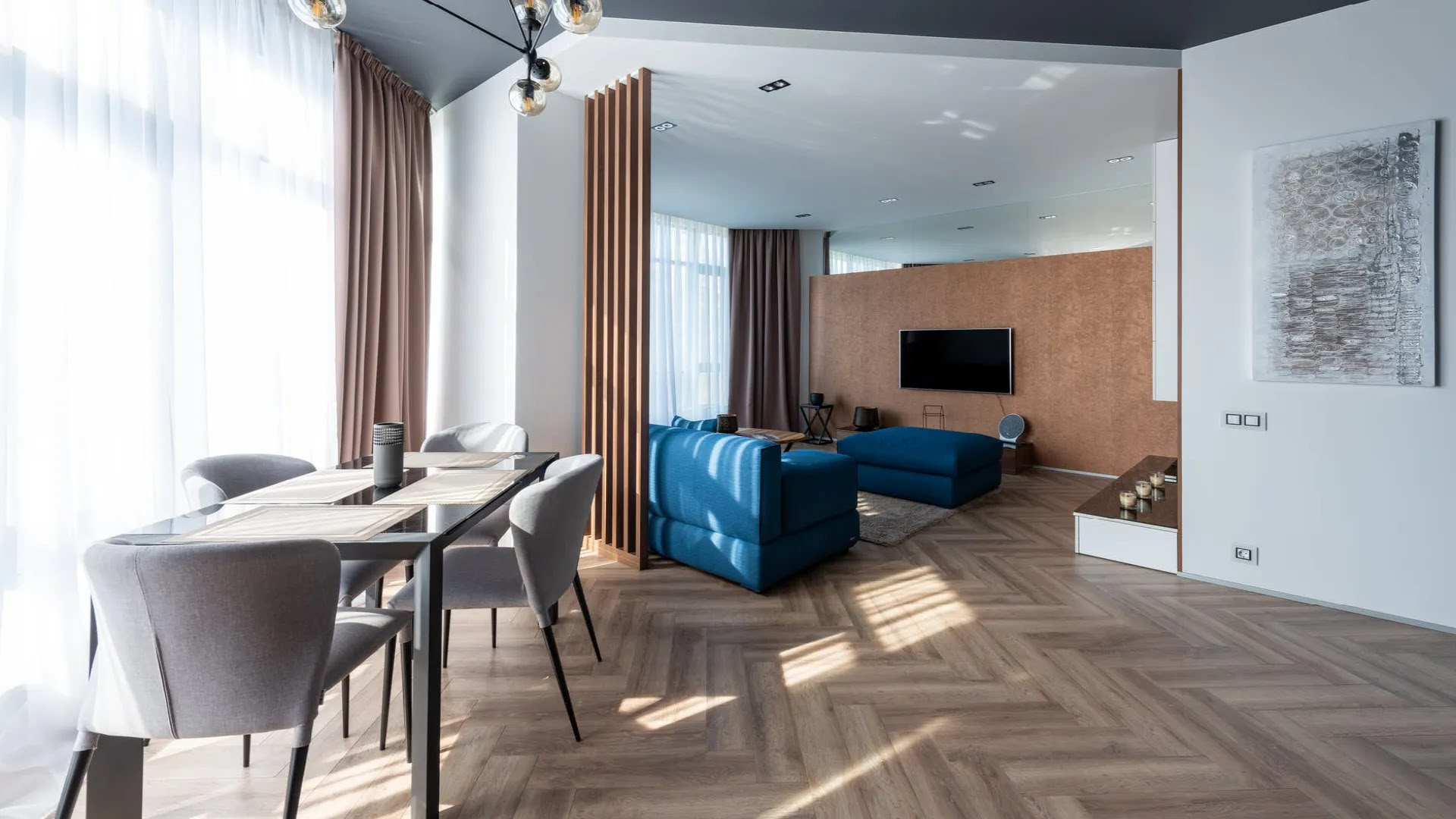
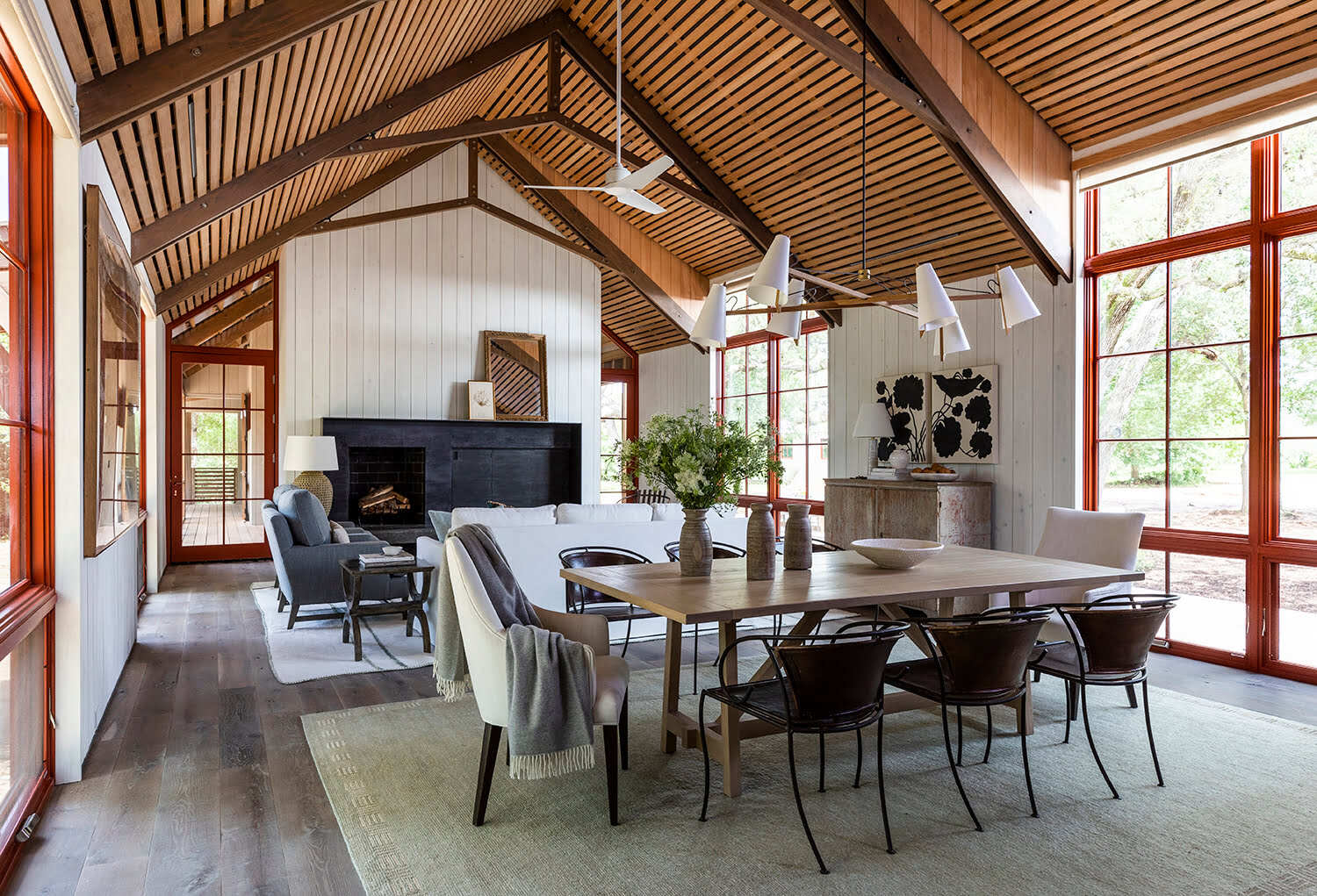
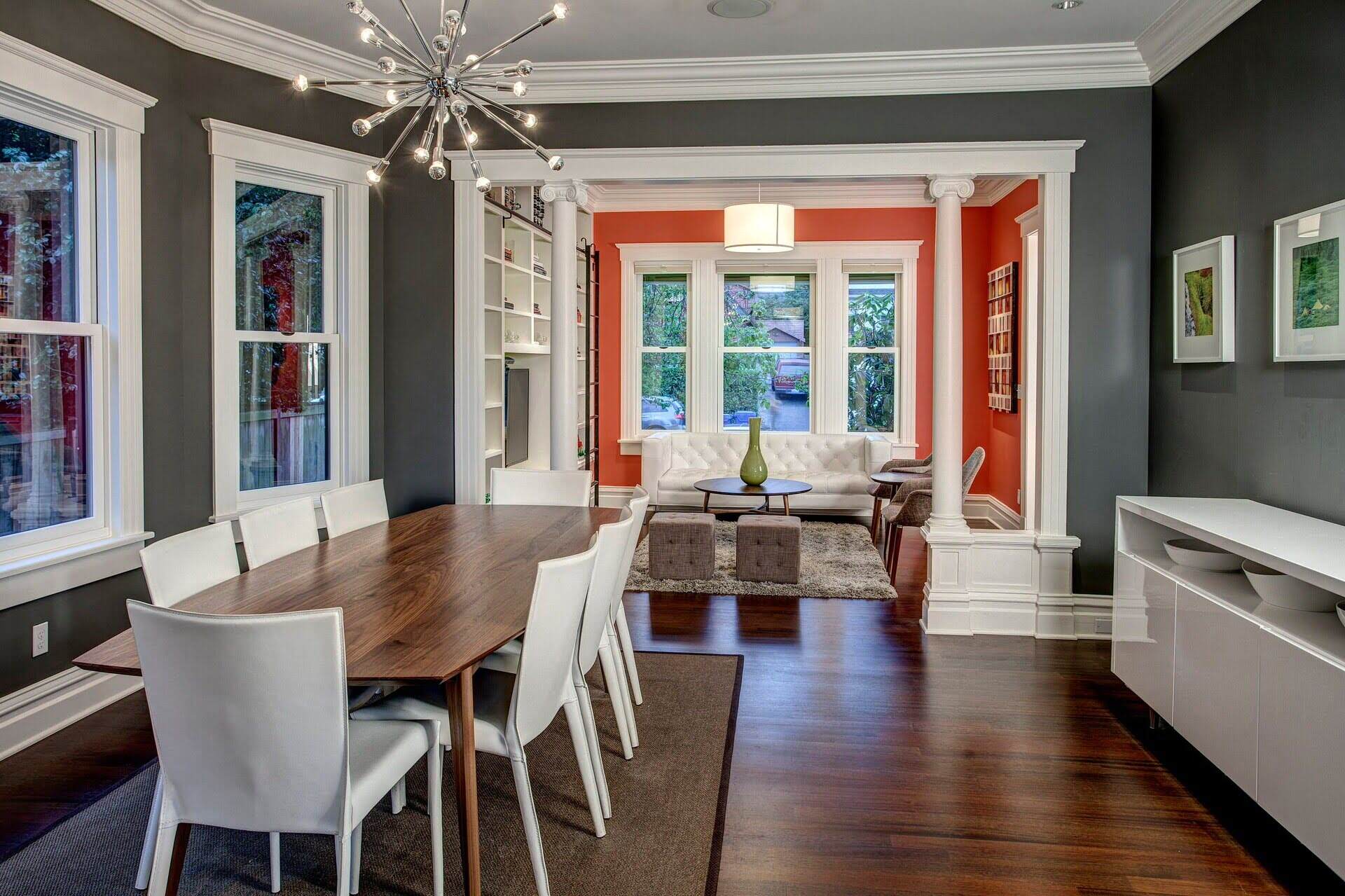
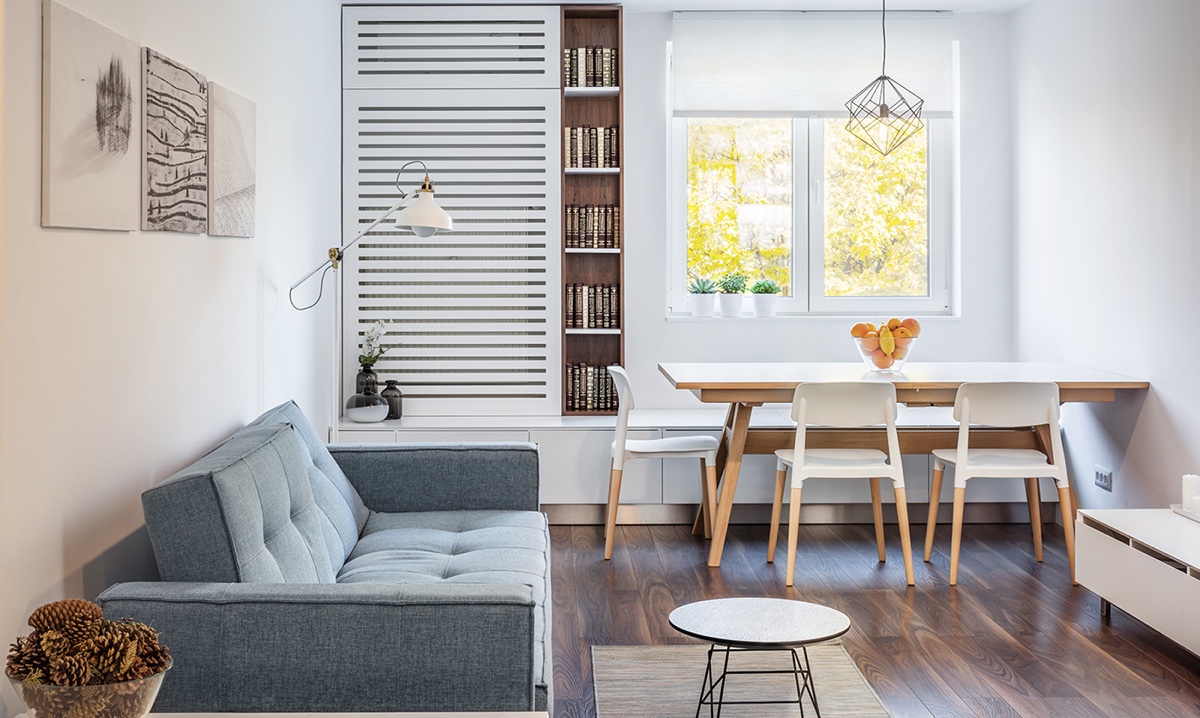
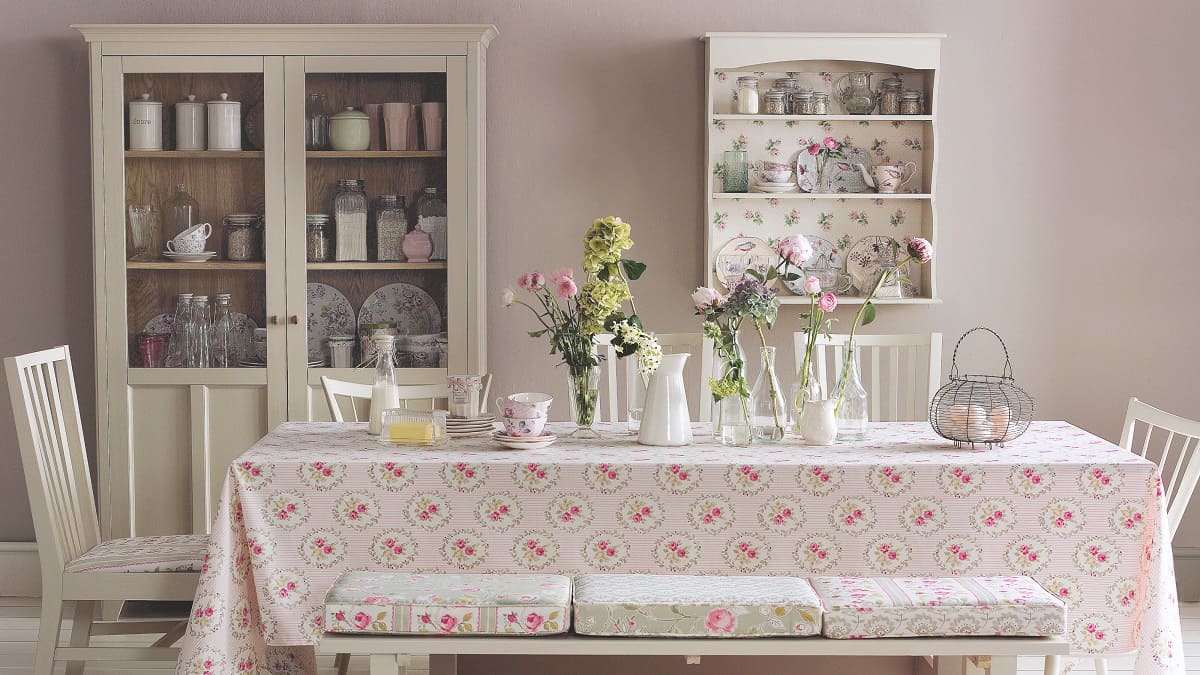
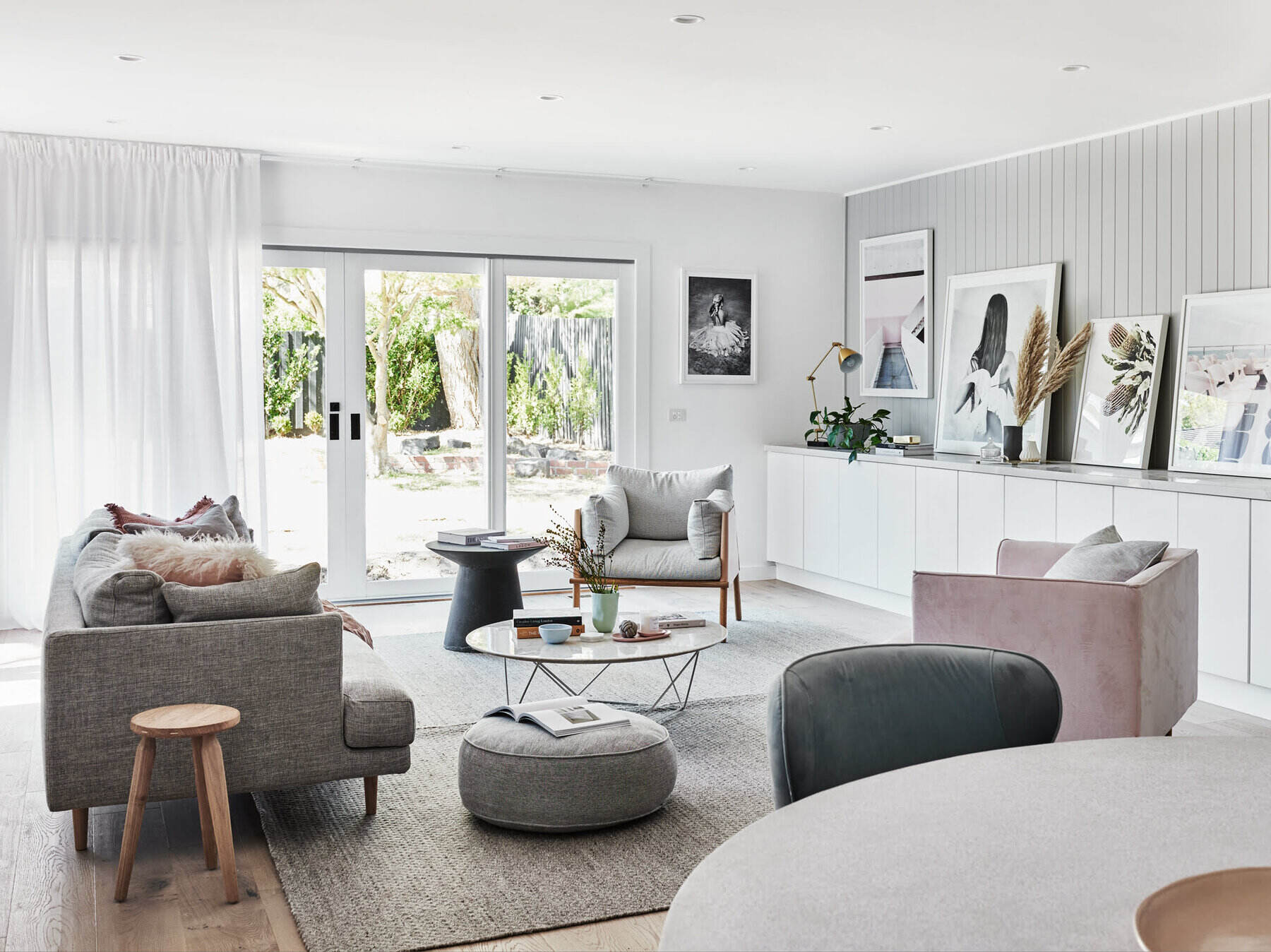
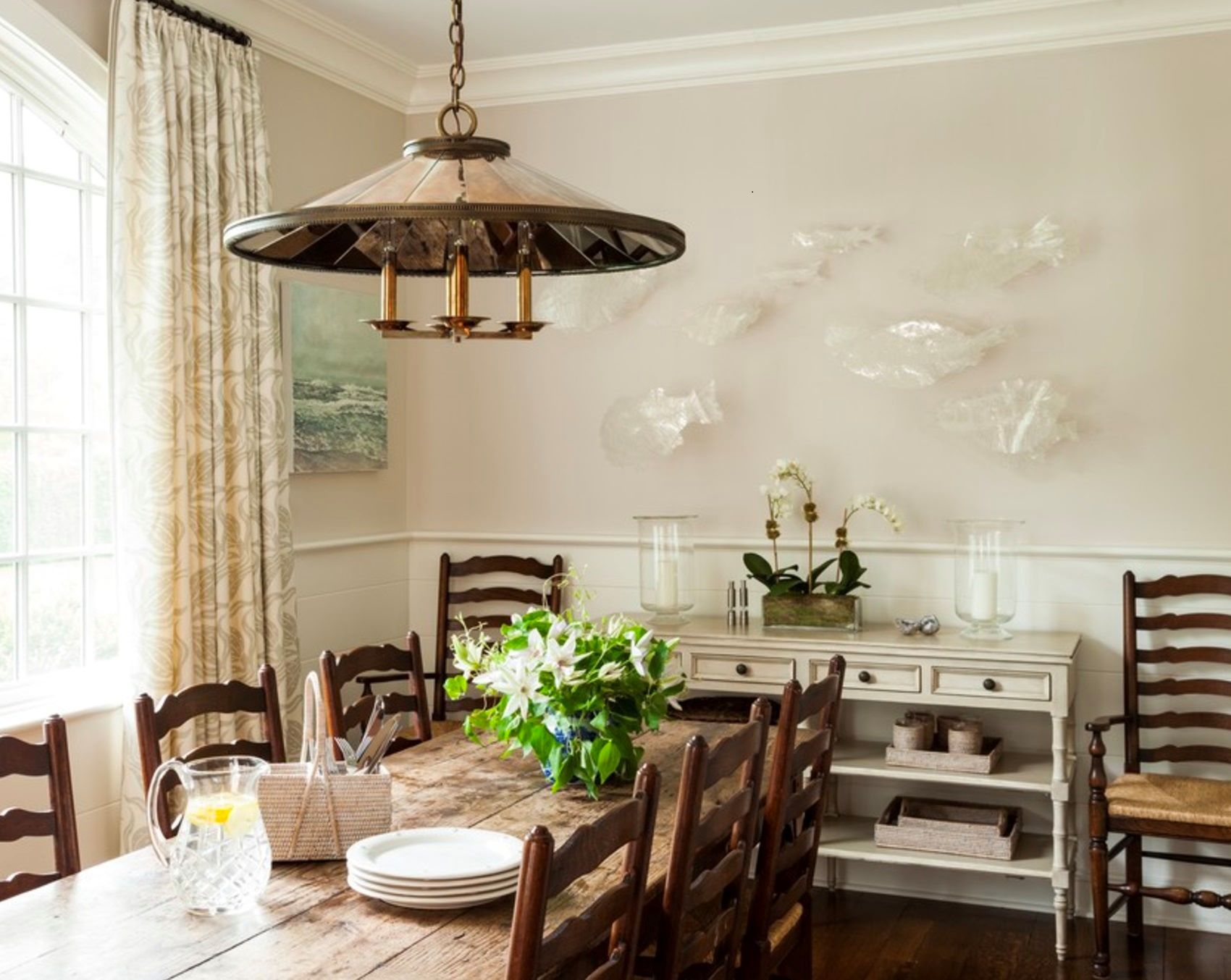
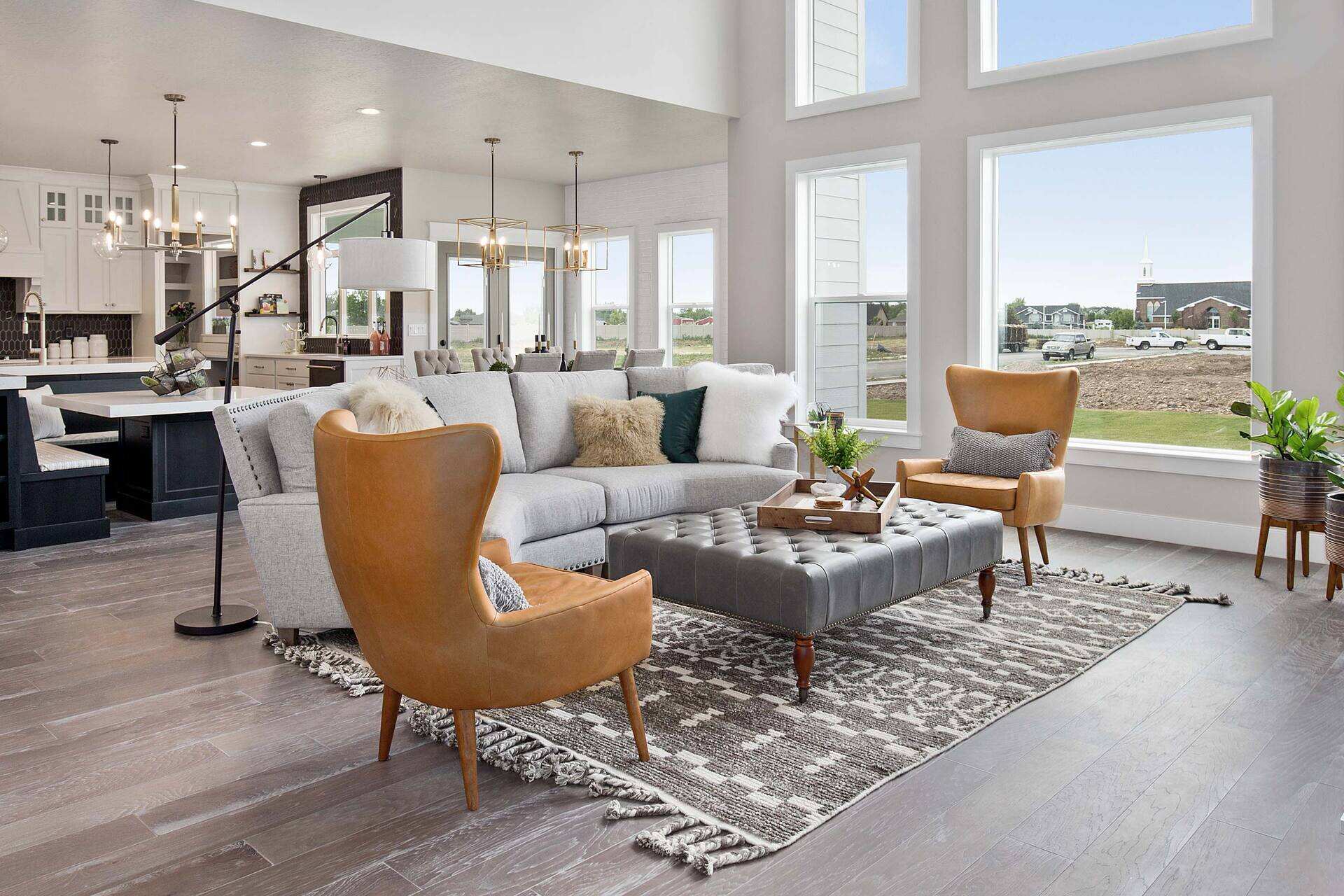
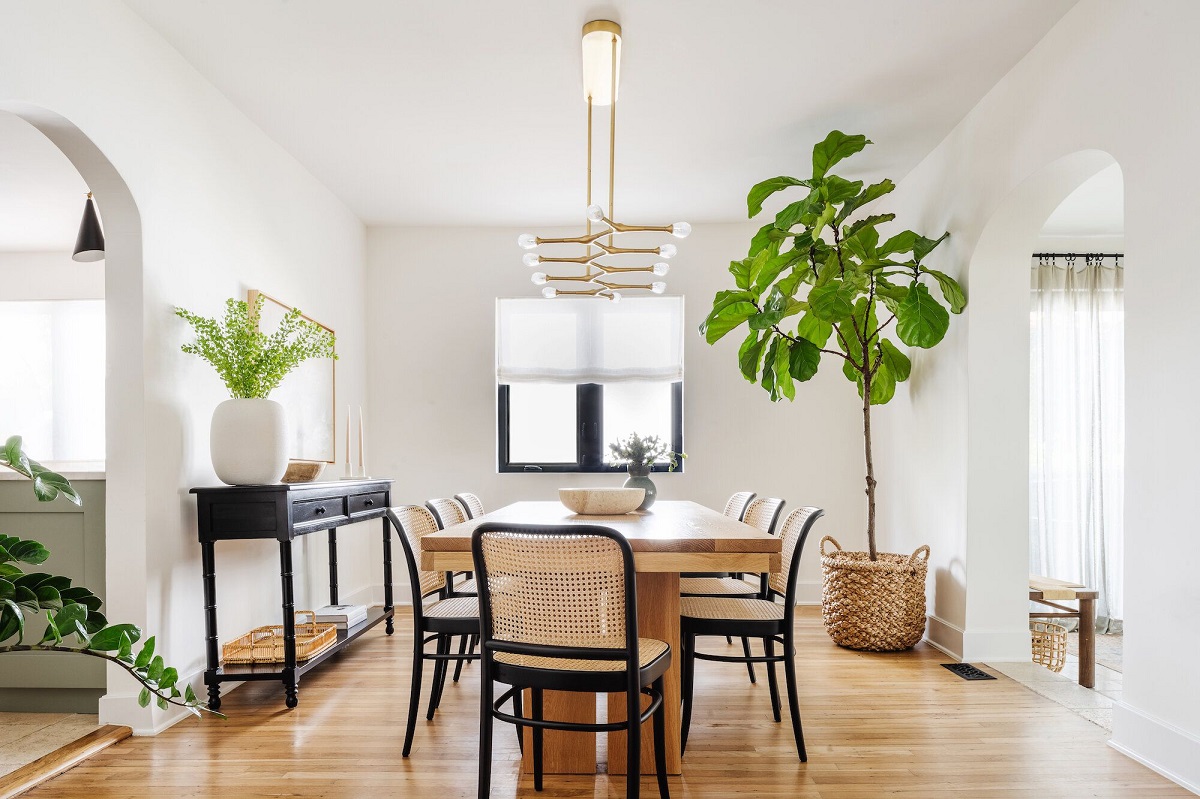
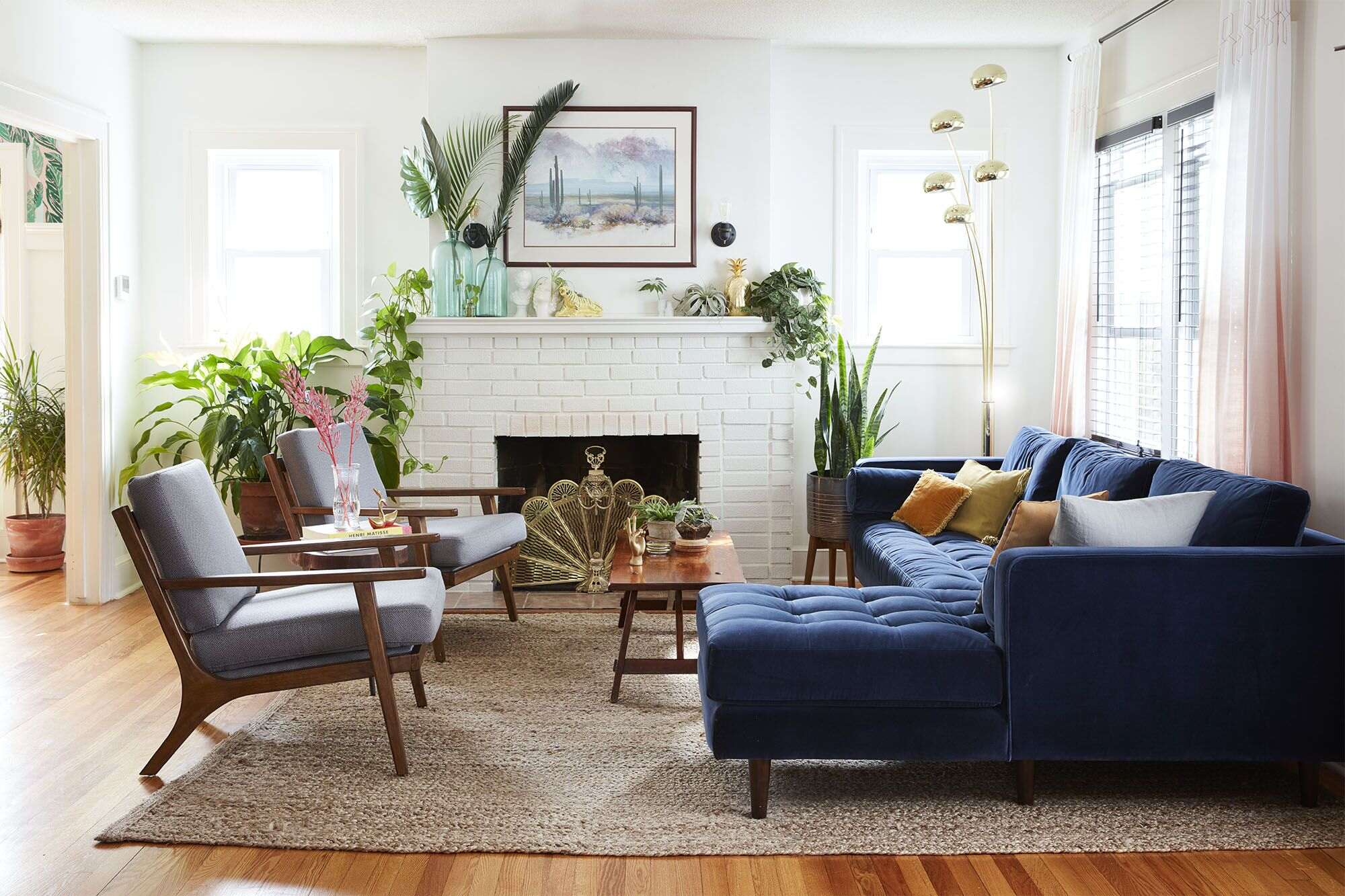
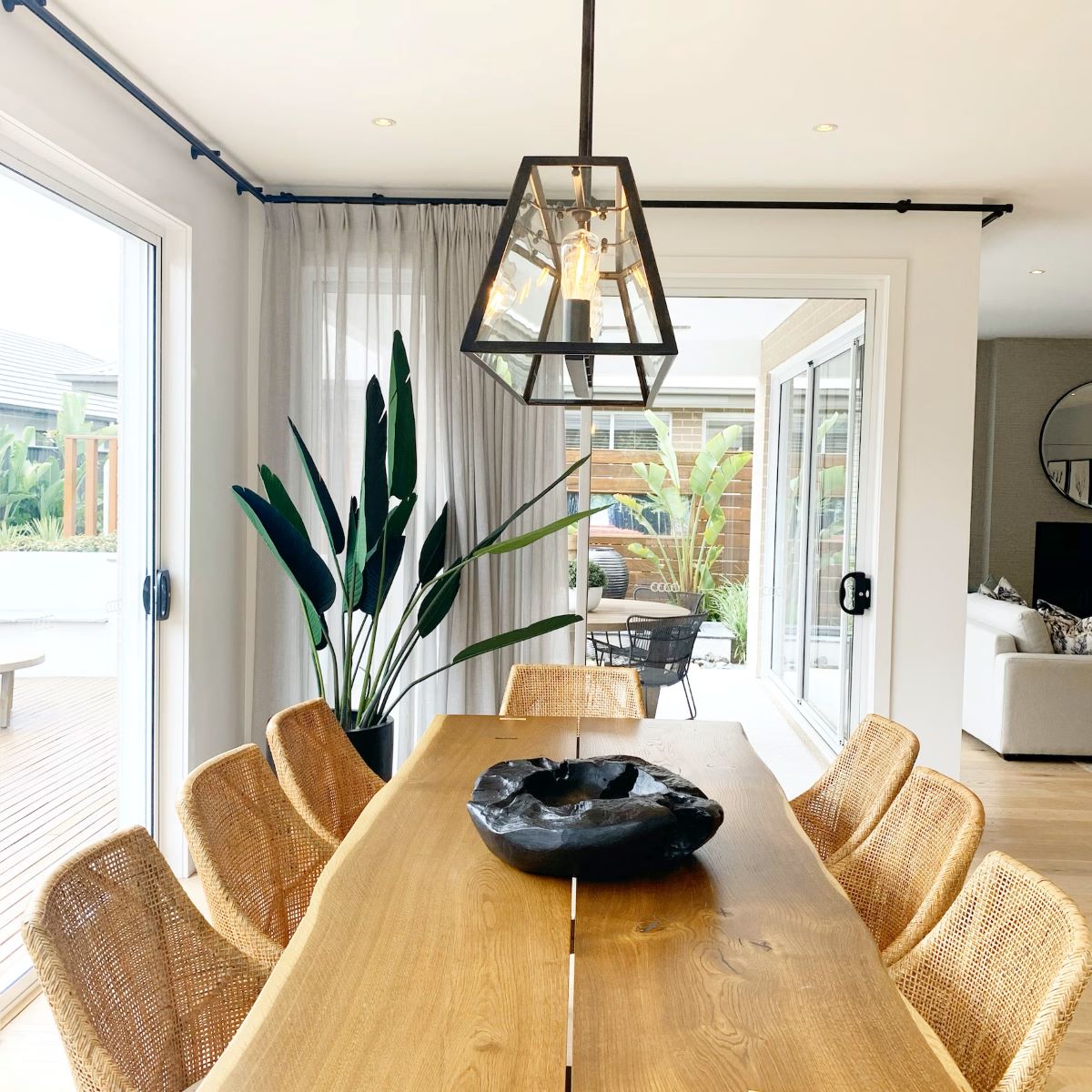
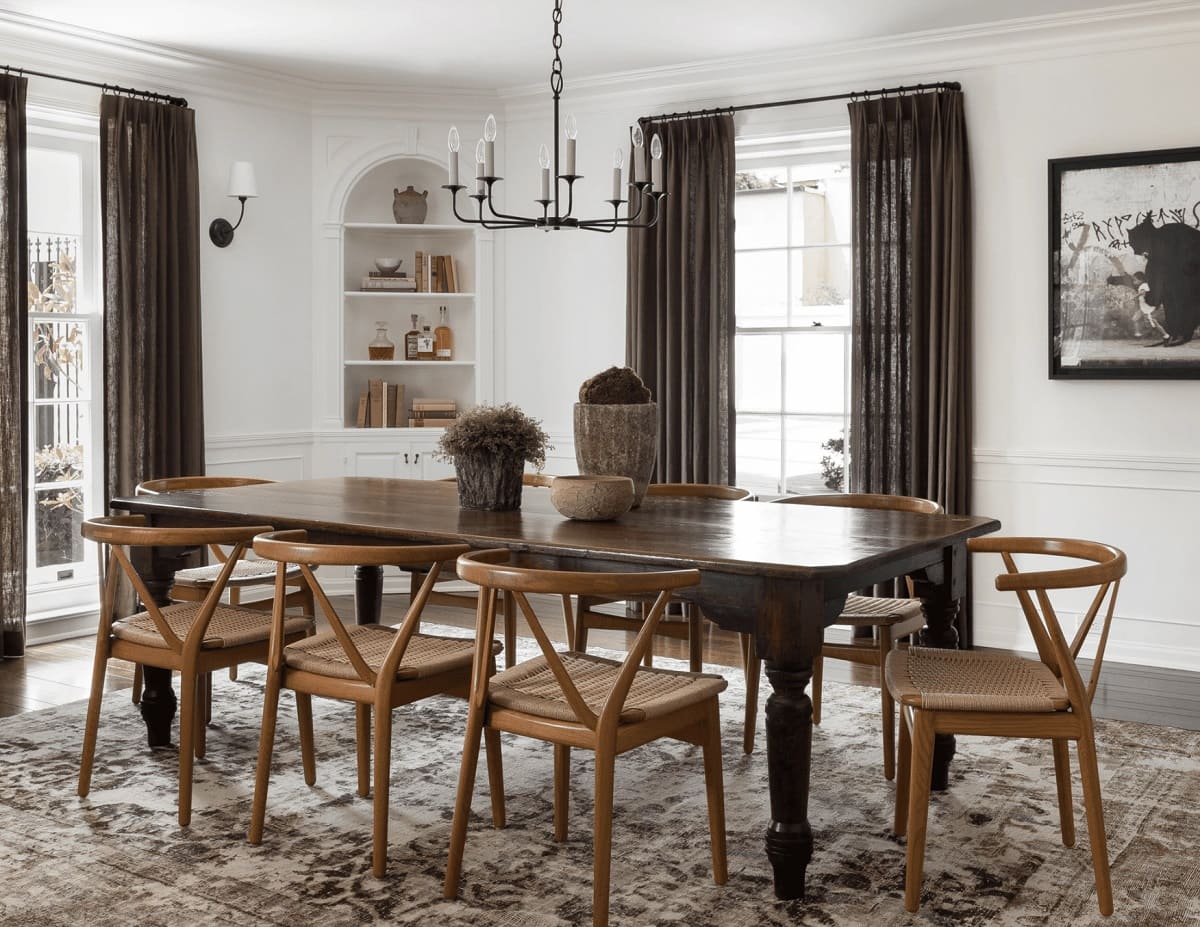
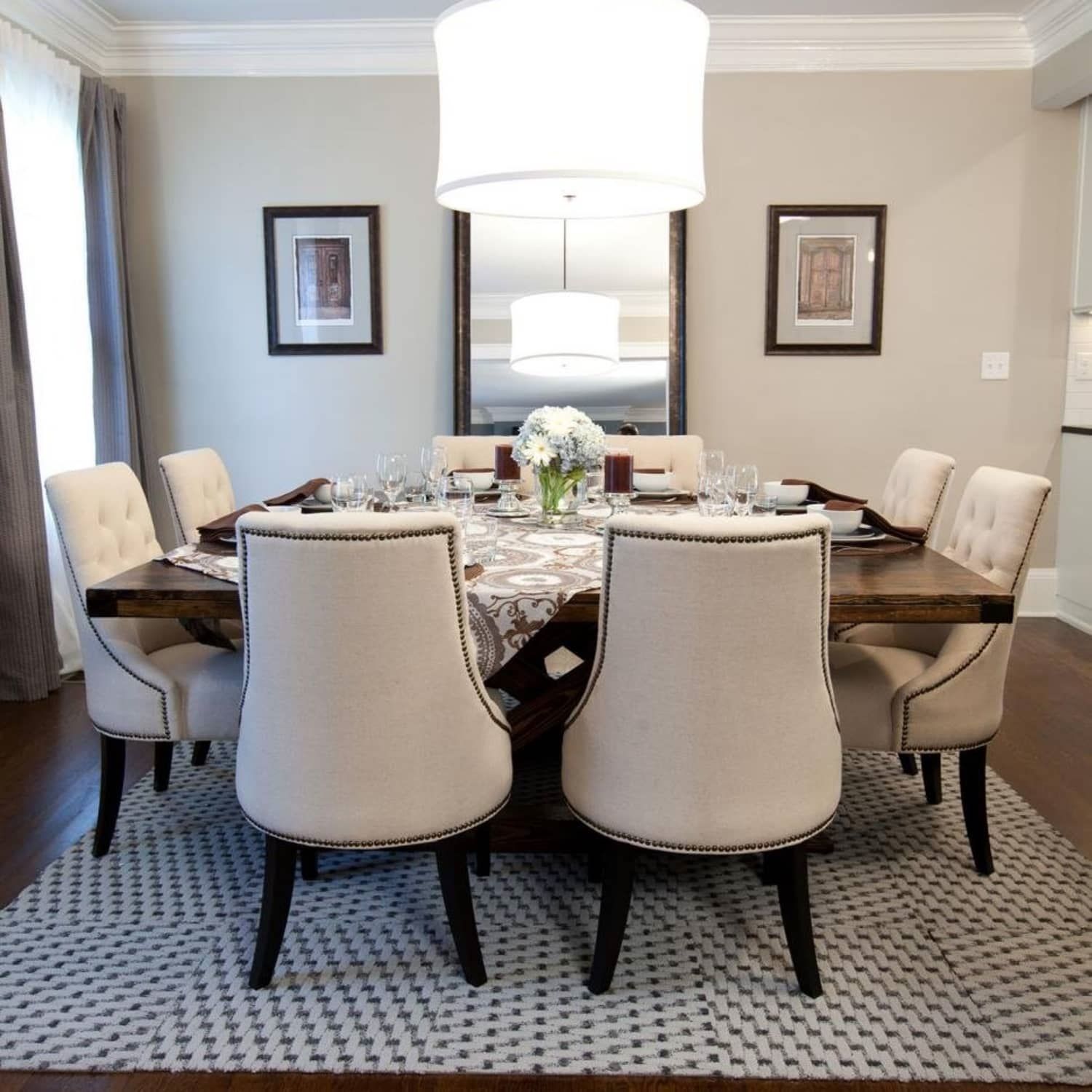
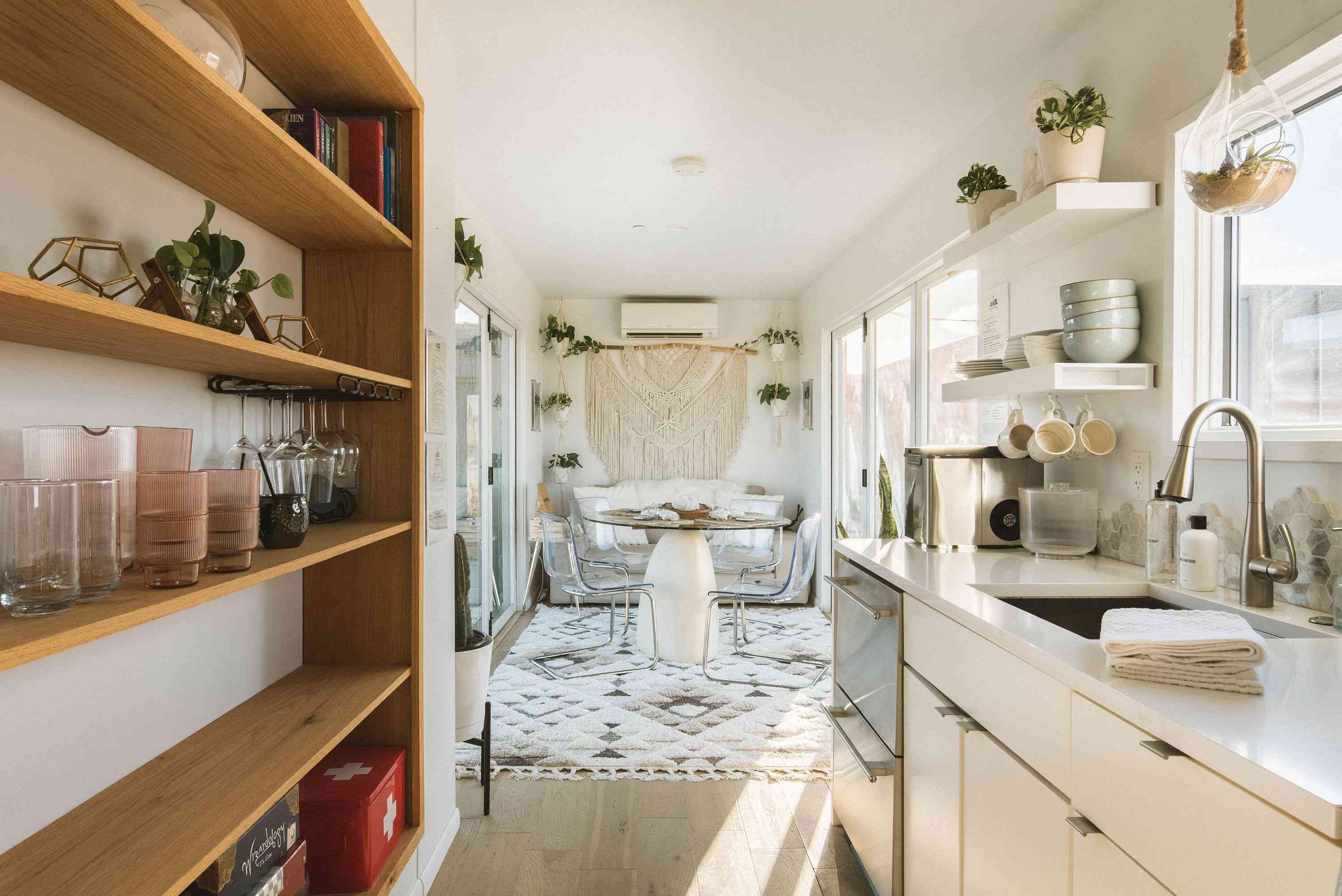

0 thoughts on “How To Design Your Dining Room”